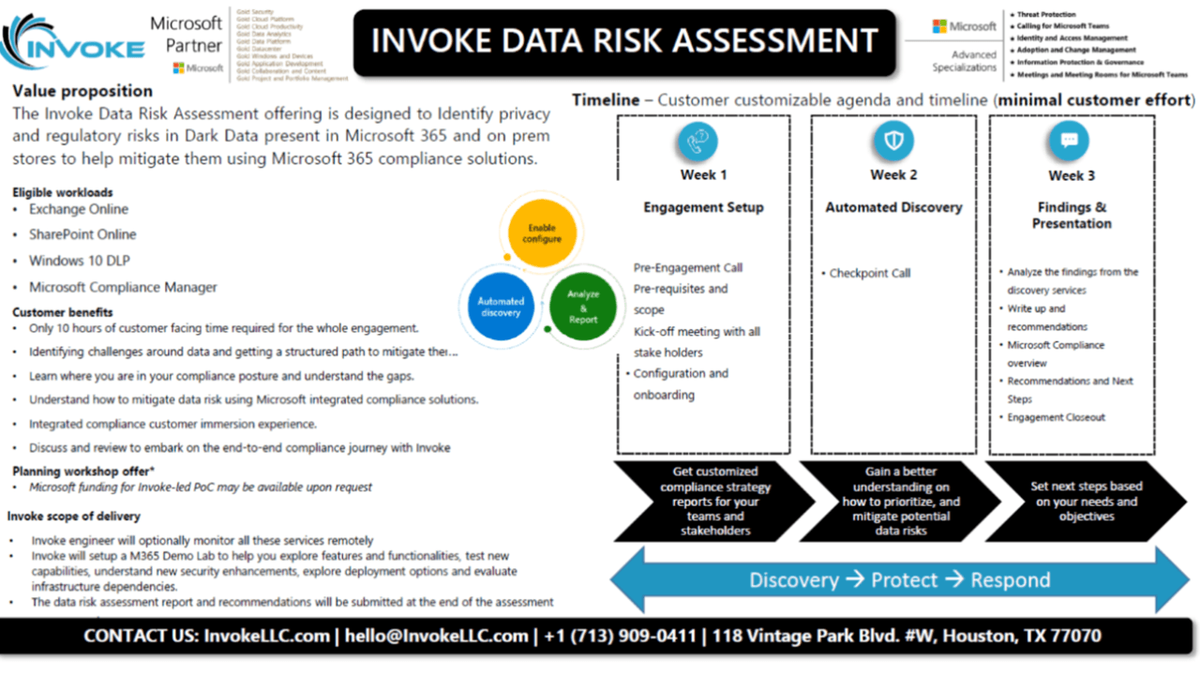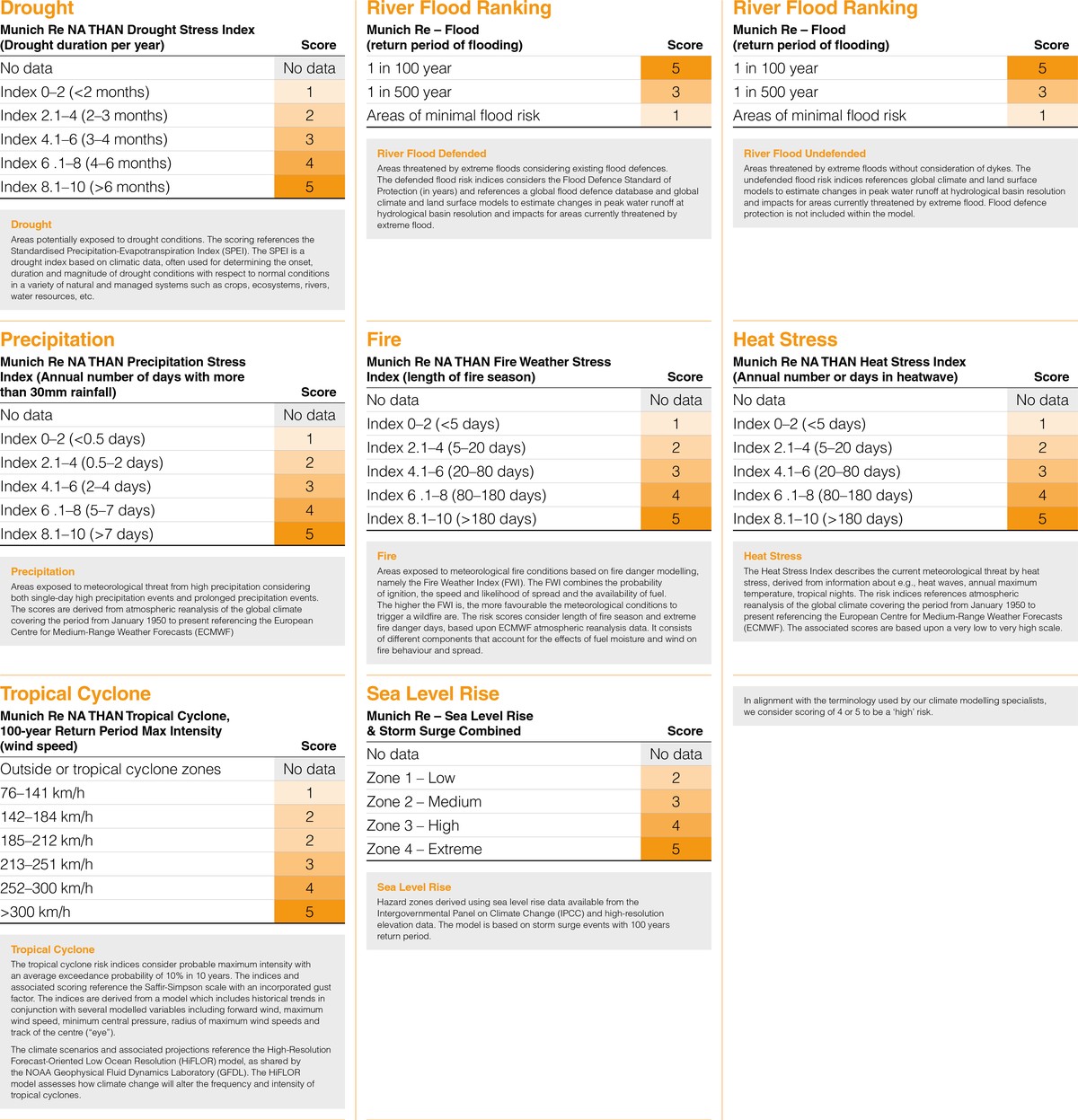

For risk-averse portfolio managers, maintaining a balance between returns and risk is a delicate task. Stress testing plays a critical role in achieving this balance. It allows managers to assess how their portfolios would perform under extreme and unfavorable market conditions. This article will explore the concept of stress testing, its significance, and how risk-averse portfolio managers can leverage it to better manage their portfolios.
What is Stress Testing?
Stress testing is the process of simulating extreme market conditions to evaluate the resilience of a portfolio. By applying hypothetical adverse scenarios, such as a sharp market decline, economic crisis, or geopolitical instability, stress tests can highlight vulnerabilities within a portfolio. It gives portfolio managers valuable insights into potential risks and enables them to take preventive actions.
For risk-averse managers, stress testing provides the assurance that their portfolios can weather adverse events, thereby reducing the likelihood of substantial losses. This is especially crucial for those managing assets like bonds, equities, and commodities, which may behave differently during times of crisis.
Types of Stress Tests
Stress testing typically involves two main types of analyses:
Historical Scenarios: This type of stress test applies actual historical events, such as the 2008 financial crisis, to assess how the portfolio would have performed during that time. These events are selected based on their severity and relevance to the portfolio’s holdings.
Hypothetical Scenarios: These involve designing potential future scenarios, such as a sudden interest rate hike or a market crash. These scenarios are often customized to reflect the specific vulnerabilities of the portfolio.
Both types of tests can provide insights into how a portfolio would behave under extreme conditions, but they differ in the level of predictability. Historical scenarios use known data, whereas hypothetical scenarios explore the unknown, offering a more forward-looking view.
The Importance of Stress Testing for Risk-Averse Portfolio Managers
For risk-averse portfolio managers, stress testing is an indispensable tool for several reasons:
1. Managing Tail Risk
Tail risk refers to the probability of extreme events occurring in the far ends of a distribution curve. While these events are statistically rare, they can cause significant losses if they occur. Stress testing helps risk-averse managers identify potential tail risks that could impact their portfolios, allowing them to take steps to mitigate these risks in advance.
2. Capital Allocation Decisions
Stress testing assists in making better capital allocation decisions. By understanding the worst-case scenarios, managers can allocate capital in a way that minimizes potential losses during a crisis. This allows for better portfolio diversification and the ability to weather downturns without excessive risk exposure.
3. Risk Exposure Assessment
Portfolio managers need to understand how different asset classes will behave under extreme conditions. Stress testing can reveal which parts of the portfolio are more vulnerable to market shocks and which assets are more resilient. This insight allows managers to adjust their holdings to align with their risk tolerance.
4. Regulatory Compliance
In some jurisdictions, regulatory bodies require portfolio managers to conduct stress testing as part of their risk management procedures. Stress tests ensure that portfolios comply with these regulations and are adequately prepared for market shocks, ensuring long-term stability and mitigating legal risks.
Strategies for Conducting Stress Testing
Risk-averse portfolio managers have a range of strategies to conduct stress testing effectively. Let’s explore a few:
1. Scenario Analysis Approach
The scenario analysis approach involves defining a set of possible extreme market conditions and simulating their impact on the portfolio. For example, a manager may test how the portfolio would fare during a sudden 10% drop in stock prices or a rapid increase in interest rates.
This approach is beneficial because it allows for flexibility in testing multiple “what-if” scenarios. However, it may also be limited by the number of scenarios tested and may overlook unforeseen events.
2. Monte Carlo Simulation
Monte Carlo simulations use random sampling to simulate a wide range of possible outcomes based on the historical performance and characteristics of portfolio assets. This method involves running thousands of simulations to generate a distribution of potential portfolio returns under various conditions.
While Monte Carlo simulations are useful for understanding the probability of different outcomes, they require robust data and computing resources to run effectively. Additionally, it may be challenging to capture the full scope of extreme events.
3. Value at Risk (VaR) Analysis
Value at Risk (VaR) is a statistical technique used to measure the potential loss in the value of an asset or portfolio over a defined time frame for a given confidence interval. VaR can be integrated into stress testing to calculate potential losses during adverse market conditions.
While VaR provides a clear and quantifiable measure of risk, it is often criticized for not considering extreme events outside the expected range. As a result, VaR-based stress tests should be complemented with other methods like scenario analysis and Monte Carlo simulations.
Benefits and Challenges of Stress Testing for Risk-Averse Managers
Benefits
Informed Decision-Making: Stress testing enables managers to make informed decisions about risk mitigation strategies, asset allocation, and portfolio adjustments.
Enhanced Risk Management: By identifying vulnerabilities, stress testing helps portfolio managers improve their overall risk management strategies, ensuring that they are prepared for potential market shocks.
Reduced Volatility: For risk-averse managers, stress testing helps in reducing portfolio volatility, thereby providing smoother returns and ensuring long-term portfolio stability.
Challenges
Data Limitations: Stress testing relies heavily on historical and hypothetical data, which may not always reflect future market conditions accurately. The challenge lies in selecting the right scenarios and assumptions.
Modeling Complexities: The process of creating robust stress testing models can be complex and resource-intensive. Managers need to carefully select appropriate modeling techniques to capture the full spectrum of risk.
Over-Reliance on Stress Tests: While stress testing is a powerful tool, it is important not to rely solely on it. Managers should combine stress testing with other risk management practices, such as diversification and hedging, to ensure that their portfolios are well-prepared.
Best Practices for Stress Testing in Risk-Averse Portfolio Management
1. Regular Stress Testing
Stress testing should not be a one-time event. Portfolio managers should conduct stress tests regularly, especially after significant market movements or when there is a change in portfolio composition.
2. Use Multiple Stress Test Scenarios
By using a variety of scenarios—both historical and hypothetical—managers can better understand the potential impact of different types of risks on their portfolios.
3. Integrate Stress Testing with Overall Risk Management
Stress testing should be part of an integrated risk management framework. It should complement other tools such as diversification strategies, hedging, and dynamic asset allocation techniques.
4. Maintain a Long-Term Focus
While stress tests focus on short-term risks, risk-averse managers should also consider long-term resilience. A portfolio that survives one market shock may not be prepared for future volatility, so it is essential to consider long-term risk factors.
Frequently Asked Questions (FAQ)
1. What are the best stress testing methods for risk-averse managers?
The best stress testing methods for risk-averse managers include scenario analysis, Monte Carlo simulations, and Value at Risk (VaR) analysis. Each of these methods provides a unique way to understand risk exposure and make better-informed decisions.
2. How often should stress testing be conducted?
Stress testing should be conducted regularly—at least quarterly—and especially after significant market events or changes to portfolio composition. This ensures that managers are aware of any potential vulnerabilities.
3. Can stress testing predict all market risks?
While stress testing is an essential tool, it cannot predict all risks, particularly unforeseen events. However, it provides valuable insights into how a portfolio might behave under different extreme scenarios and helps in planning for unexpected events.
Conclusion
Stress testing is an indispensable tool for risk-averse portfolio managers, enabling them to prepare for extreme market conditions, manage risks, and make informed decisions. By incorporating stress testing into their risk management strategy, managers can ensure that their portfolios remain resilient, even during market turmoil. Whether using scenario analysis, Monte Carlo simulations, or VaR analysis, the insights gained from stress testing can help optimize portfolio performance while minimizing exposure to tail risks.